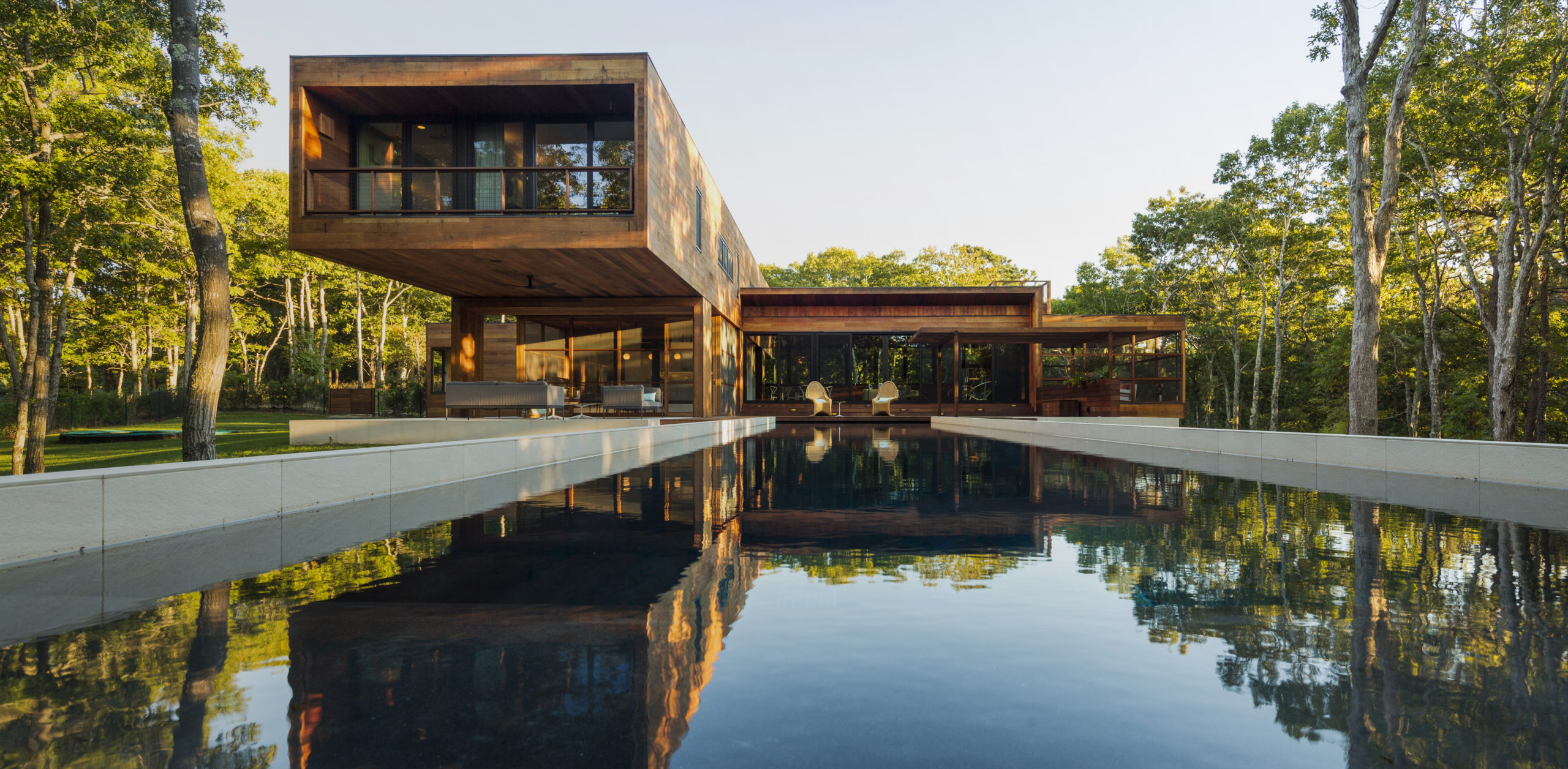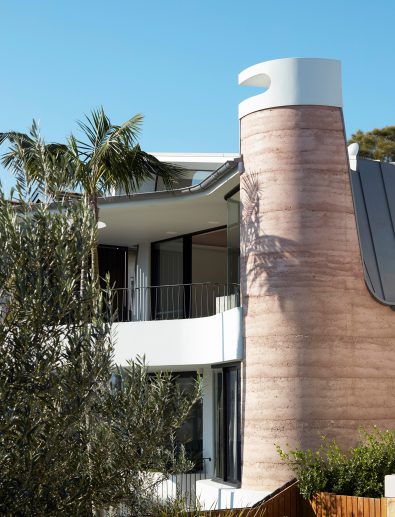Leading Trends in Residential Style You Should Know Concerning
As property architecture continues to advance, several engaging trends are shaping the means we develop and inhabit our space. Key growths such as sustainable structure practices, the integration of smart home innovation, and the rise of modular homes highlight a significant shift in the direction of both capability and environmental obligation. In addition, principles like open plan living and biophilic style are redefining our communication with room and nature. Understanding these patterns not only educates design options however additionally discloses broader ramifications for way of life and area - residential house architect. What might these innovations imply for the future of property living?
Sustainable Building Practices
A boosting number of domestic jobs are embracing sustainable building techniques, driven by an expanding understanding of ecological effect and energy efficiency. This change is identified by the assimilation of eco-friendly materials, energy-efficient layouts, and ingenious building techniques. Property owners and home builders are increasingly focusing on using renewable energies, such as bamboo and recycled metals, which not only decrease the carbon impact yet likewise enhance the resilience and aesthetic charm of residential or commercial properties.
Integrating energy-efficient systems is another critical facet of sustainable structure - residential house architect. Functions such as high-performance insulation, energy-efficient windows, and photovoltaic panels are ending up being standard in brand-new domestic layouts. These aspects not only add to lower power usage but likewise provide substantial long-term financial savings for property owners
Moreover, the design of lasting homes commonly emphasizes all-natural light and air flow, minimizing the dependence on synthetic lights and climate control systems. Landscape design techniques, such as xeriscaping, more promote sustainability by minimizing water use.
As the demand for lasting living solutions remains to climb, the domestic style industry is positioned to adjust and introduce, ensuring that future homes are not just environmentally liable but likewise comfy and practical for their occupants. - residential house architect
Smart Home Modern Technology
Smart home innovation is transforming the means property owners connect with their space, enhancing protection, benefit, and energy administration. This innovative technique incorporates different tools and systems, allowing users to control their homes remotely or through automated procedures. Central to this pattern is using smart devices such as thermostats, lighting, security cameras, and appliances, all connected via the Net of Points (IoT)
Among one of the most enticing features of smart home technology is the capacity to tailor setups for ideal energy efficiency. Homeowners can monitor power use and adjust heating, lights, and cooling based on their regimens, substantially reducing energy expenses. Additionally, innovative safety systems geared up with smart locks and security video cameras provide comfort, allowing remote monitoring and signals to prospective security breaches.
Assimilation with voice-activated aides improves customer experience, enabling home owners to manage tools with simple voice commands. As innovation remains to develop, the possibility for wise home systems to boost quality of life expands, making them a crucial consideration in contemporary household architecture. Eventually, clever home technology is not merely a fad yet an essential shift towards extra intelligent living atmospheres.
Open Principle Living
Open up principle living has actually emerged as a defining function in modern residential architecture, defined by the elimination of conventional obstacles in between rooms. This Visit Your URL layout philosophy promotes fluidity and connectivity within the home, permitting for a seamless shift between areas such as the kitchen, dining, and living rooms. By getting rid of wall surfaces and dividings, open concept layouts create a feeling of space, fostering a welcoming atmosphere that enhances social interaction.

Additionally, this approach to household design lines up with minimalism, focusing on practical simplicity and aesthetic comprehensibility. Property owners value the flexibility find out of these formats, which can be easily adjusted to reflect personal design through furniture setup and design. As open idea living remains to get traction, it stays a testimony to developing family characteristics and the need for homes that improve link and comfort.
Biophilic Style
Biophilic layout has actually become progressively substantial in residential design, stressing the intrinsic connection between people and nature. This layout philosophy seeks to integrate natural environments right into living rooms, thus cultivating a feeling of well-being and enhancing the high quality of life for passengers. By including attributes such as all-natural light, vegetation, and organic materials, biophilic layout advertises a harmonious relationship in between indoor atmospheres and the environment.
Crucial element of biophilic design include big home windows that supply unblocked sights of exterior landscapes, living walls that introduce greenery right into insides, and open floor plans that encourage air flow and all-natural light penetration. Water functions, both inside and outside the home, serve to produce relaxing atmospheres and enhance sensory experiences.
Additionally, making use of sustainable materials not just sustains environmental stewardship but also adds to much healthier interior air top quality. As recognition of ecological problems increases, home owners are progressively prioritizing designs that mirror their connection to nature. In essence, biophilic layout not just elevates visual allure however likewise addresses psychological and mental needs, making it an essential pattern in contemporary residential style.
Modular and Prefab Residences

In addition, prefab and modular homes are designed with sustainability in mind. Many manufacturers utilize energy-efficient systems and environmentally friendly materials, such as solar panels and advanced insulation strategies, adding to lowered power usage and reduced energy expenses for property owners. The flexibility of design options enables modification, providing to diverse functional requirements and visual choices.
As the need for cost effective housing continues to climb, prefab and modular homes provide a viable remedy, resolving both economic and environmental obstacles. Neighborhoods are increasingly identifying the capacity of these structures, incorporating them right into urban and country settings. Overall, the fad toward prefab and modular homes symbolizes a shift towards much more lasting, reliable, and adaptable living settings, making them an essential aspect of modern residential style.
Conclusion
Finally, the additional reading developing landscape of residential design showcases substantial patterns that focus on innovation, health, and sustainability. Lasting structure practices and wise home modern technologies improve performance and ease, while open idea living and biophilic layout foster social interaction and a connection to nature. In addition, the rise of modular and prefab homes uses personalized and budget-friendly remedies, reflecting a wider change in the direction of useful and responsible living. These trends jointly highlight a dedication to creating harmonious and innovative domestic atmospheres.
Secret developments such as sustainable structure techniques, the assimilation of wise home innovation, and the increase of modular homes underscore a significant shift towards both functionality and environmental duty.The increase of modular and prefab homes has changed the household design landscape, providing innovative remedies for reliable and sustainable living.Moreover, prefab and modular homes are created with sustainability in mind. In general, the trend towards modular and prefab homes indicates a change towards a lot more lasting, effective, and adaptable living settings, making them an essential aspect of modern domestic architecture.
Lasting building methods and smart home modern technologies improve performance and benefit, while open concept living and biophilic style foster social interaction and a connection to nature.